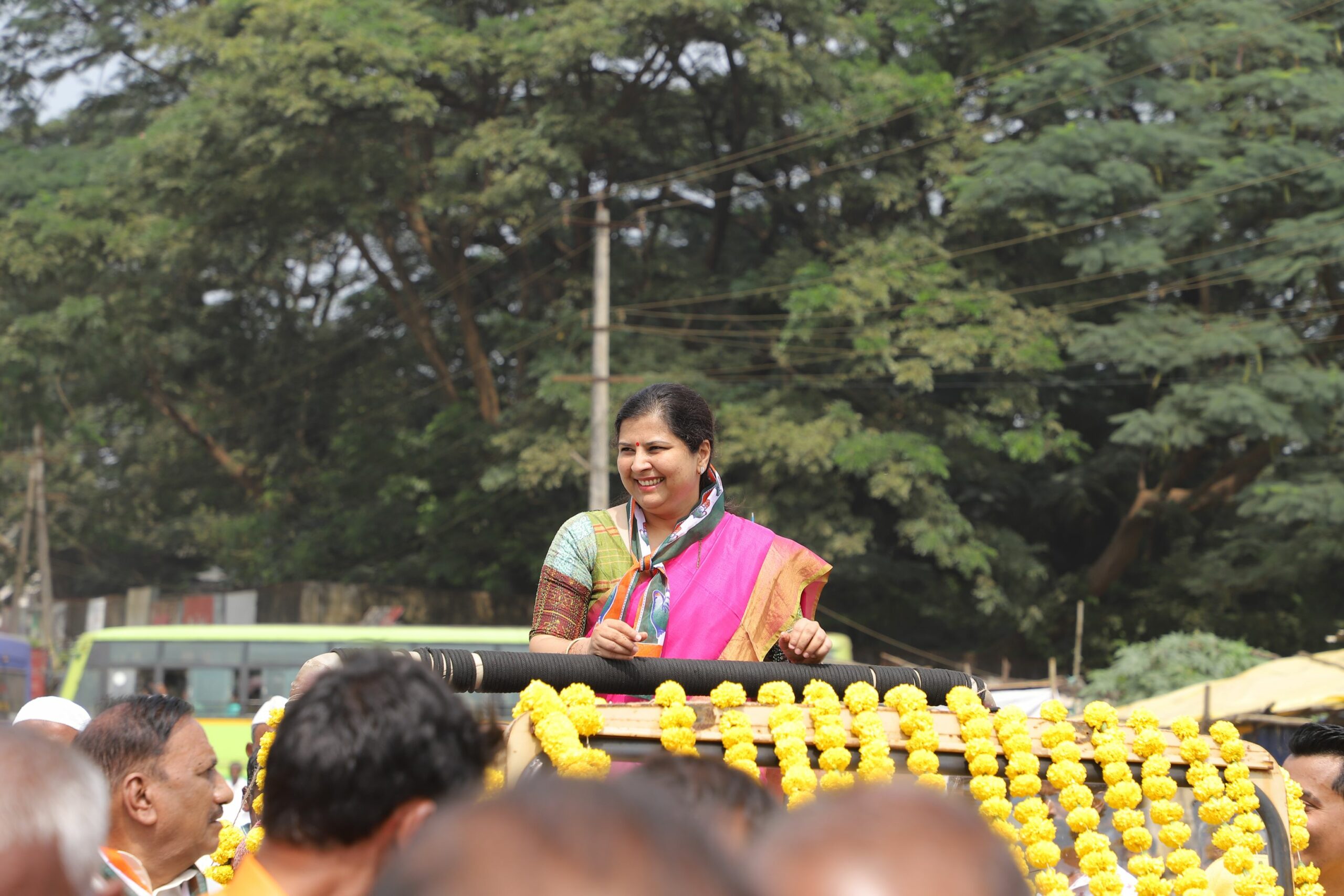Community development is a critical aspect of rural development in India, and the Gram Panchayat system plays a vital role in this process. Dr. Anjali Nimabalkar, a dedicated community development practitioner, has been working in the Londa villages of Karnataka for many years, bringing about positive changes in the lives of the villagers. In this article, we will discuss some of the initiatives that Dr. Nimabalkar has implemented to promote community development in the Londa villages.
One of the most significant challenges facing the people of Londa was the lack of access to quality healthcare services. Dr. Nimabalkar recognized this issue and initiated a program to improve access to healthcare services in the villages. She worked with the Gram Panchayats to identify areas where improvements were needed, such as the construction of new healthcare facilities and the provision of essential medical equipment. Today, many people in the Londa villages have access to quality healthcare services, which has improved their health and wellbeing.
Another critical issue that Dr. Nimabalkar addressed was the lack of access to education in the villages. She recognized that many children in the villages did not have access to quality education, which posed a significant challenge to their future prospects. To address this issue, she worked with the Gram Panchayats to establish new schools and improve existing ones. Today, many children in the Londa villages have access to quality education, which has improved their prospects for the future.
Dr. Nimabalkar also recognized the importance of promoting sustainable agriculture practices in the villages. She initiated a program to promote the adoption of organic farming practices and the cultivation of cash crops, such as spices and herbs. Today, many farmers in the Londa villages are adopting sustainable agriculture practices, which has not only improved their yields but also increased their income.
In addition to her work in healthcare, education, and agriculture, Dr. Nimabalkar also focused on promoting gender equality and empowering women in the villages. She initiated a program to provide vocational training to women in the villages, helping them to develop new skills and access new employment opportunities. Today, many women in the Londa villages are running successful businesses and participating more actively in the formal economy, which has not only improved their economic status but also empowered them to take control of their own lives.
Dr. Nimabalkar’s work in the Londa villages is a powerful example of the impact that community-driven development initiatives can have in rural India. Her initiatives have not only improved the standard of living in the villages but also empowered the villagers to take control of their own lives. Her work has become a model for many other communities in rural India, demonstrating the importance of community-driven development initiatives and the critical role of the Gram Panchayat system in achieving these goals.






